Introducing a brand new way to automate your Azure cloud
Introducing a brand new way to automate your Azure cloud
In December of 2021, Red Hat and Microsoft announced Red Hat Ansible Automation Platform on Microsoft Azure.
This year during Red Hat Summit 2022, Red Hat announced the general availability of Red Hat Ansible Automation Platform on Microsoft Azure across North America with global availability coming soon.
I'd like to spend some time providing some more details about this offering and why you should consider Red Hat Ansible Automation Platform on Azure.
Azure Marketplace deployment
Red Hat Ansible Automation Platform on Azure deploys from the Azure Marketplace as a managed application. It deploys directly into your Azure subscription, but as the publisher of the application, Red Hat has access to a shared and secured managed resource group to support, maintain, and upgrade your deployment. More specifically, a dedicated Red Hat SRE team deals with all the ongoing management of Red Hat Ansible Automation Platform on Azure, while you focus on expanding your automation strategy within your organization across the hybrid cloud.
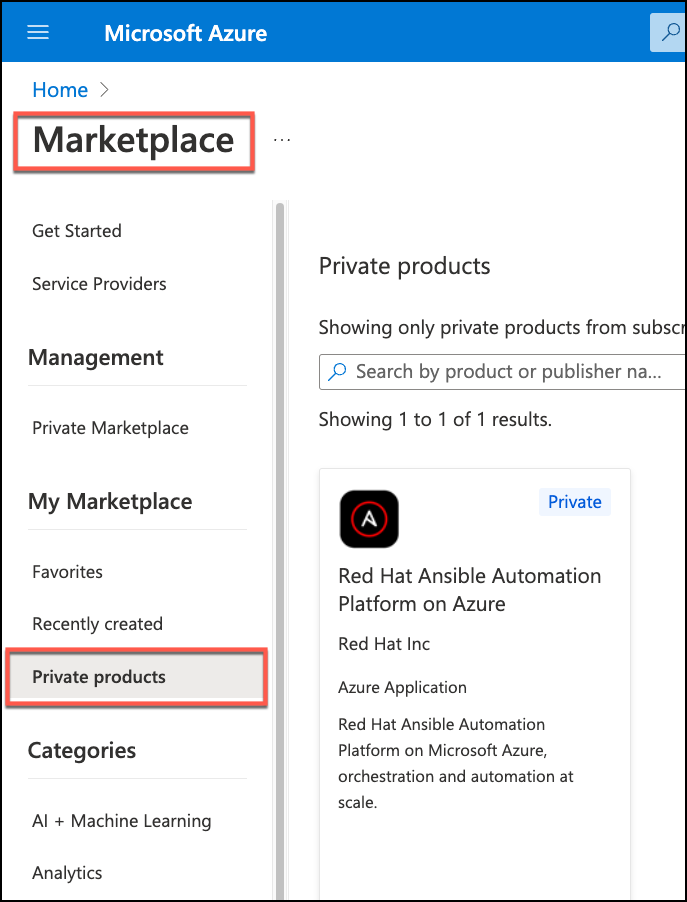
Azure Integrations
For many organizations using Azure today, there are huge benefits to take advantage of with Red Hat Ansible Automation Platform on Azure. It runs in your Azure subscription. It integrates seamlessly with many of the Azure services, including Azure billing. Also, if you have a Microsoft Azure Consumption Commitment agreement (MACC), the Red Hat Ansible Automation Platform on Azure deployment costs will count towards your MACC, and will be reflected on your Azure bill. Oh, and did I mention that Red Hat supports the deployment, and you can automate, automate, and automate some more!
Once you've deployed Red Hat Ansible Automation Platform on Azure, with a few simple configuration steps you can integrate into your Azure active directory (AD) environment for authentication.
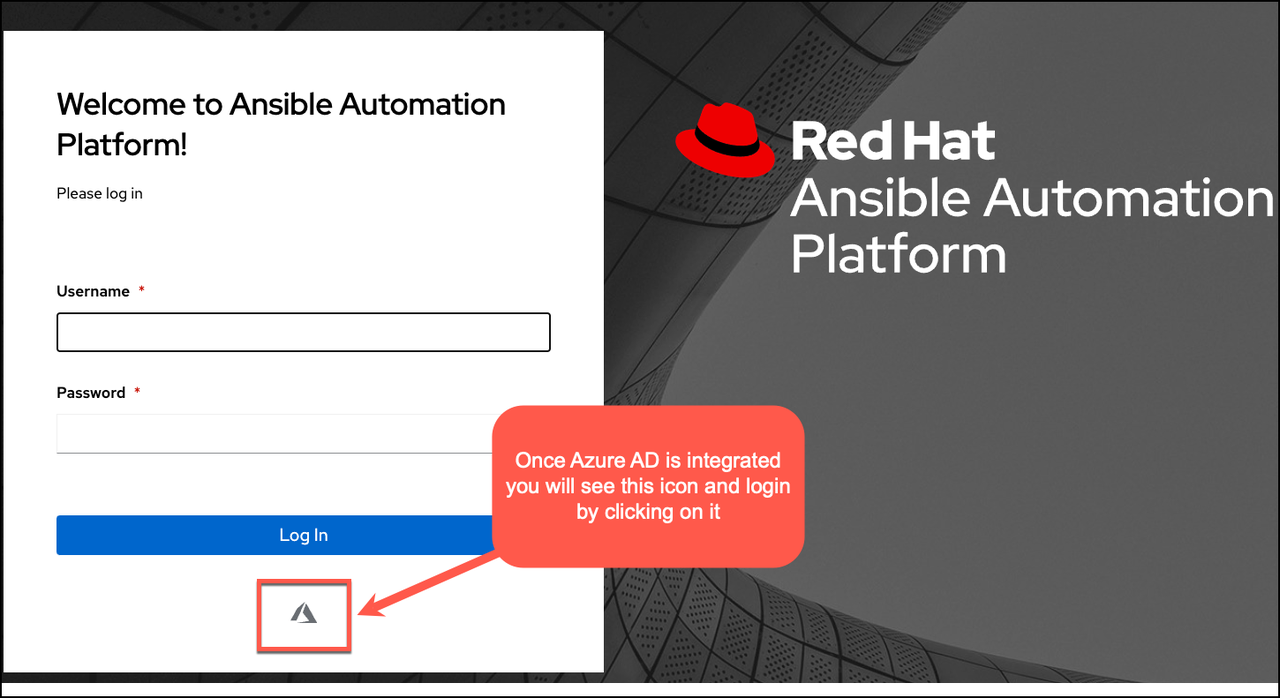
There's great automation content available for you to leverage with examples to learn from if you're new to Red Hat Ansible Automation Platform on Azure.
Here's a GitHub repository that has automation content for automating many Azure resources, like Azure Load Balancers, Azure PostgreSQL, Azure Networking, Azure Security groups, and more. Shortly, I'll highlight some more as we discuss the Red Hat Ansible Certified Content Collection for Microsoft Azure.
Here's an image of some sample content.
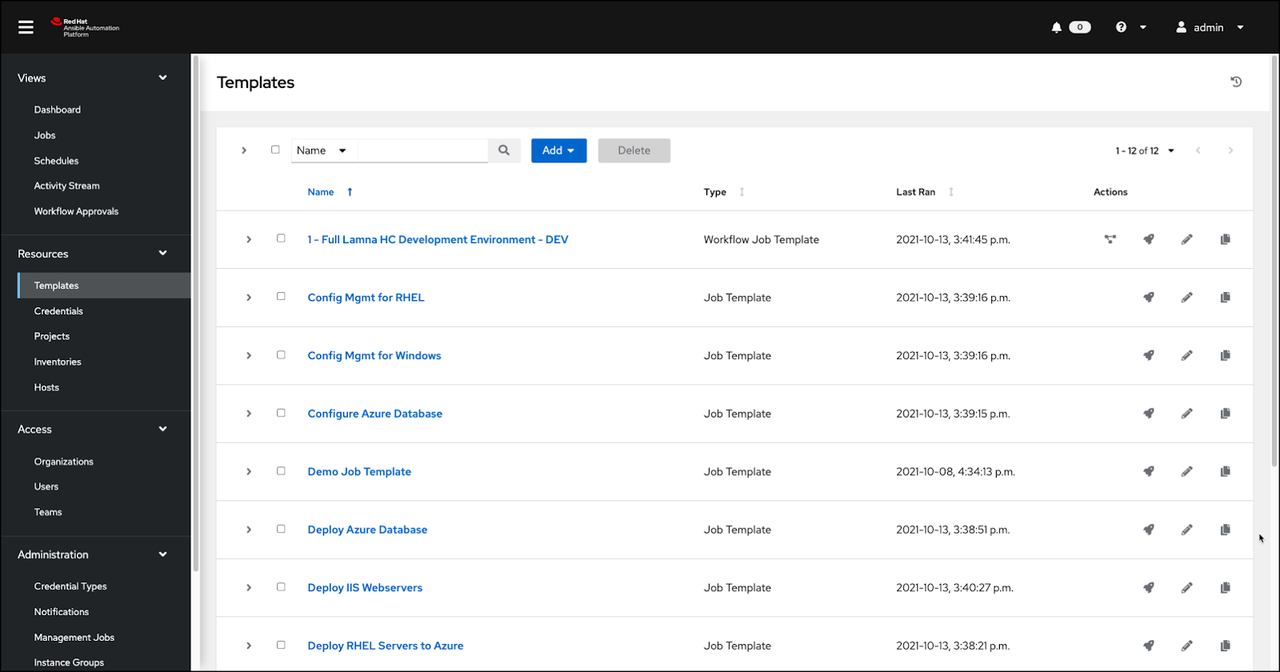
Content is King!
Anyone using Red Hat Ansible Automation Platform on Azure will definitely want to use the Red Hat Ansible Certified Content Collection for Microsoft Azure. But with your subscription, you have access to all the Red Hat Ansible Certified Content at your fingertips!
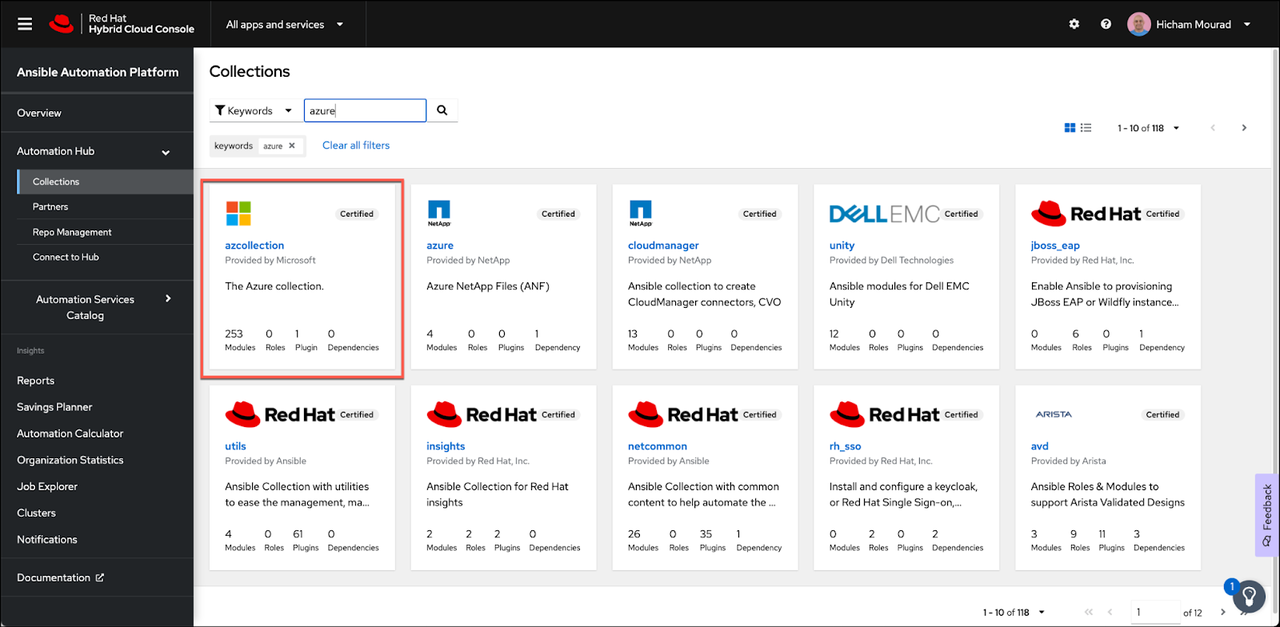
The Azure Collection includes over 250 modules to interrogate, manage, and automate numerous Azure resource types. From Azure AD, to networking, to DB, to AKS, to storage, to backup, to VMs, to security groups, to IAM... and so much more.
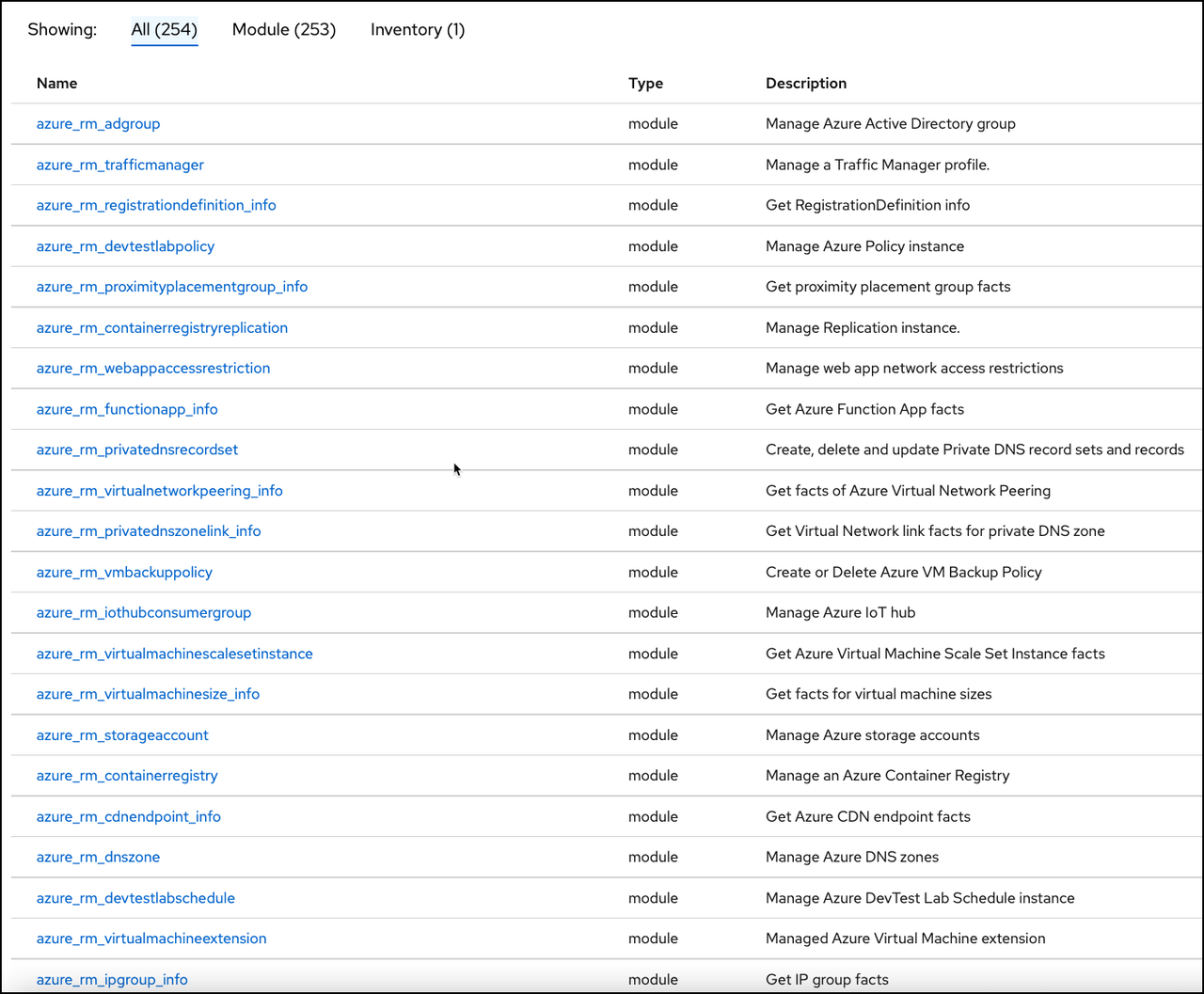
If you'd like to see the full list of modules you can check it out here on the Automation automation hub.
Here's an example of an Ansible Automation Platform workflow template linking together many job templates to perform a larger automation task. In this case, spinning up a full development environment for the DevOps team.

Go deeper, go wider, and achieve more!
Red Hat Ansible Automation Platform on Azure includes an automation execution environment already tailored for cloud automation so you have everything you need to get started on Azure immediately. Having said that, a question that often comes up is: "if I'm using Red Hat Ansible Automation Platform on Azure, does that mean I can only perform automation against Azure resources?" The great thing about Ansible Automation Platform in general is that it doesn't matter where you are running it from. In the case Red Hat Ansible Automation Platform on Azure, you are able to automate public cloud, private cloud, physical and virtual environments, and edge resources. Obviously, one of the requirements here is having proper networking connectivity to other environments. Deploy Red Hat Ansible Automation Platform on Azure, and automate anywhere!
Often, when people think about the Ansible Automation Platform they think configuration Management. However, configuration management is just one of the many use cases that Ansible Automation Platform can accomplish. So many organizations today take advantage of Ansible Automation Platform to automate network and security use cases, integrate into IT Service Management (ITSM) solutions like ServiceNow, Linux automation, Windows automation, and monitoring and analytics solutions.
Additionally, with the aggressive push to application modernization, many organizations use Ansible Automation Platform to integrate into their DevOps CI/CD pipelines. Are you using Azure DevOps, Jenkins, or other CI/CD tools? Cool, have your pipelines at any phase kick off Ansible Automation Platform automation jobs!
The automation use cases are endless, and there are so many efficiencies and savings to be gained by leveraging Ansible Automation Platform, not to mention the reduction in human errors, and the increased cross-silo collaboration.